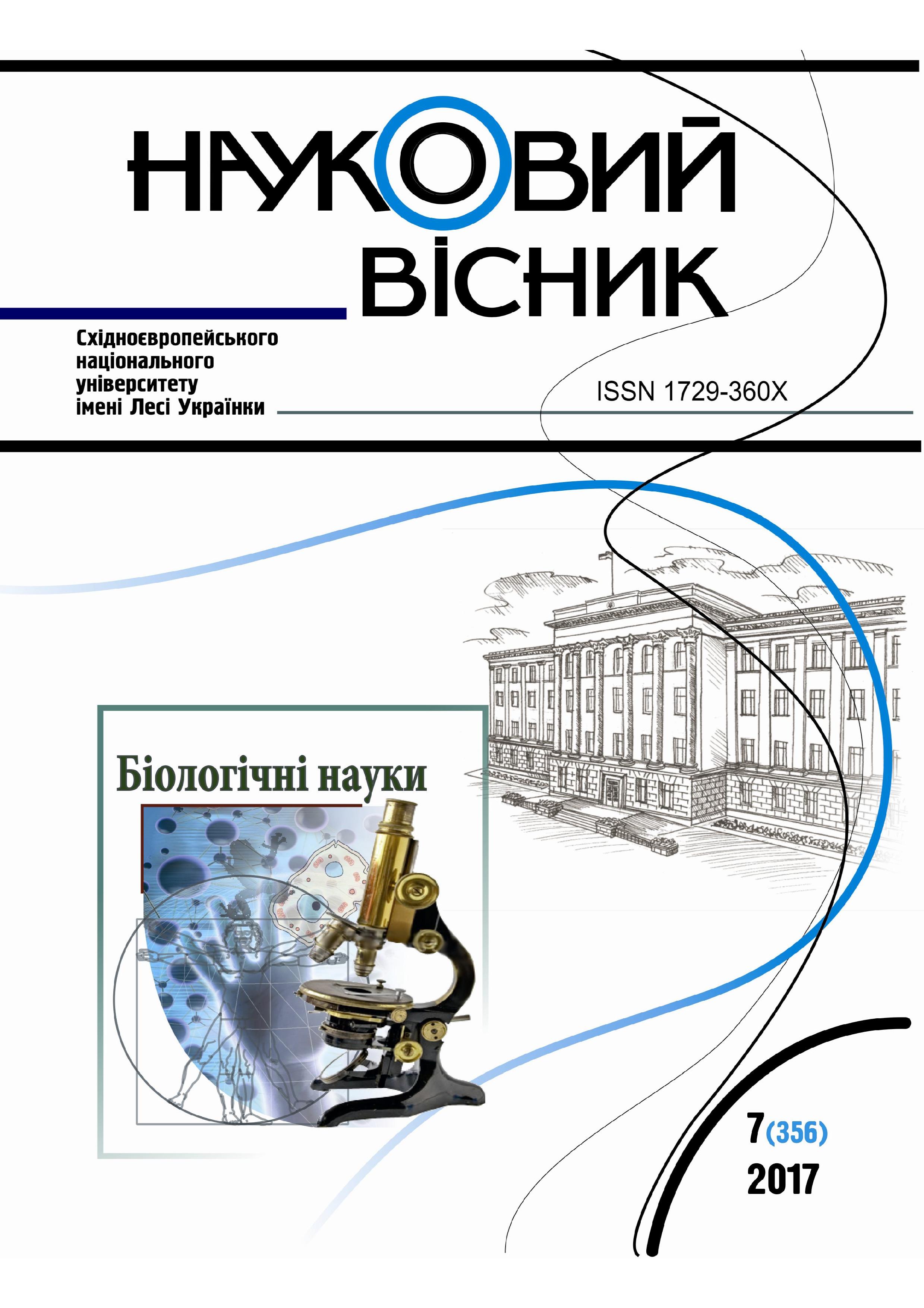Corvitin Effect on Bile Lipid Profile in Rats with Experimental Hypercholesterolaemia
DOI:
https://doi.org/10.29038/2617-4723-2017-356-7-169-173Keywords:
liver, bile, lipids, Corvitin, doxycycline, hypercholesterolemiaAbstract
Lipid bile profile of male rats with doxycycline-induced hypercholesterolemia and the application Corvitin under experimental hypercholesterolemia was investigated. Corvitin (1 mg/kg, 7 days) influence on the lipid composition of bile was studied in male rats (185–230 g, n = 29) with doxycycline load (540 mg/kg, 5 days). In acute experiments on rats with cannulated bile duct (anesthesia sodium tiopental, 70 mg/kg) bile was collected. TLC modified in our laboratory five lipids fractions (phospholipids, cholesterol and its esters, free fatty acids, triglycerides) in rat bile were determined. It was found that in male rats with doxycycline-induced hypercholesterolemia blood levels of the total cholesterol increased and free cholesterol concentration in the bile reduced. Corvitin eliminated effects of doxycycline-induced hypercholesterolemia and caused increase in the concentration of cholesterol ethers in the bile. Phospholipids concentration in the bile was reduced in the male rats with doxycycline-induced hypercholesterolemia. Concentration of phospholipids in the bile was normalized after Corvitin application. After doxycycline-induced hypercholesterolemia and Corvitin application the concentration of free fatty acids in the rat bile was significantly higher than the control.





